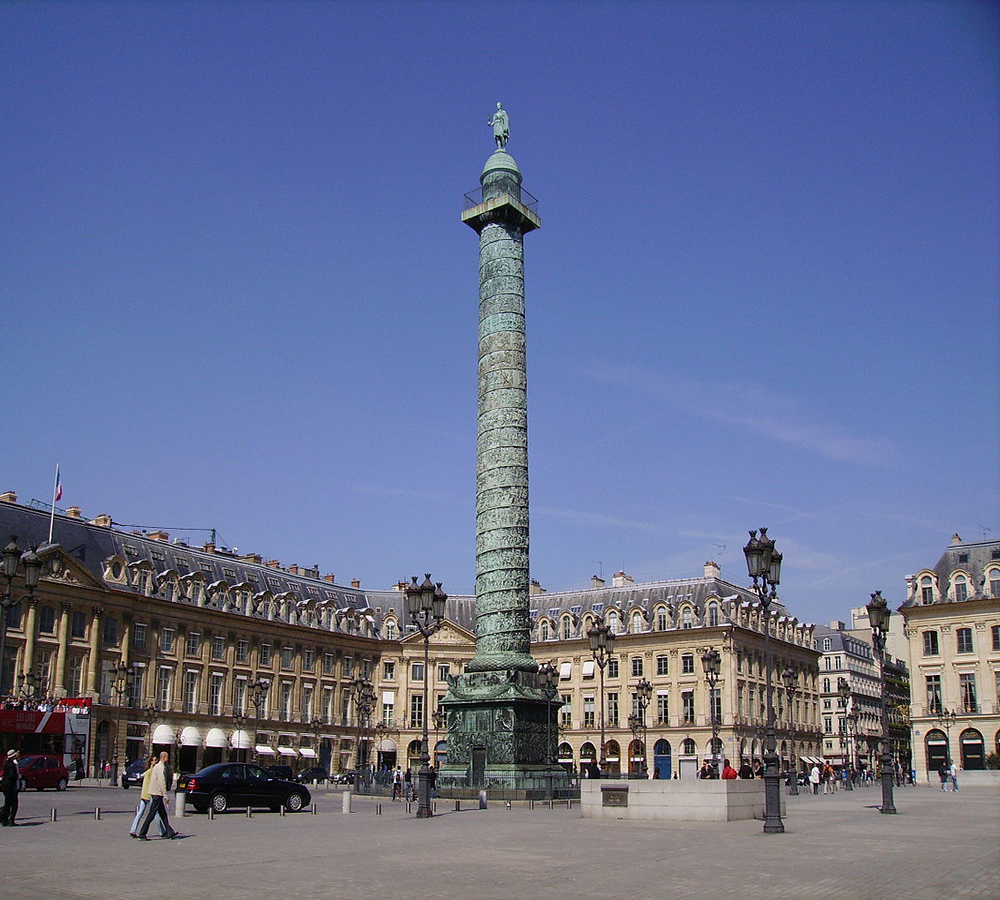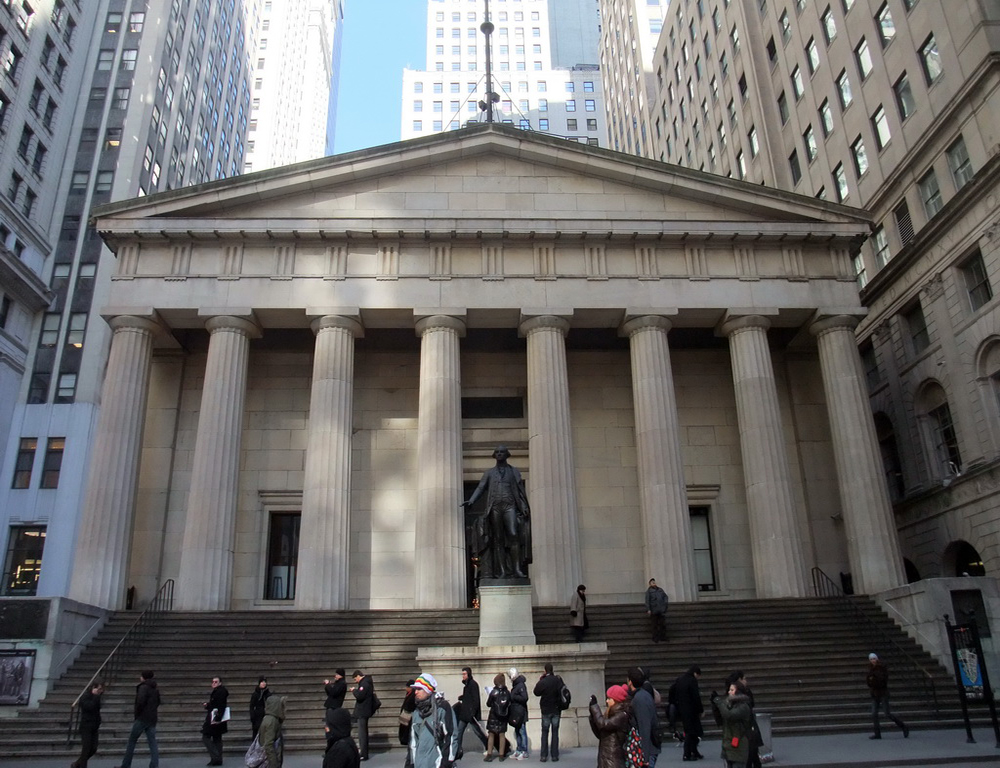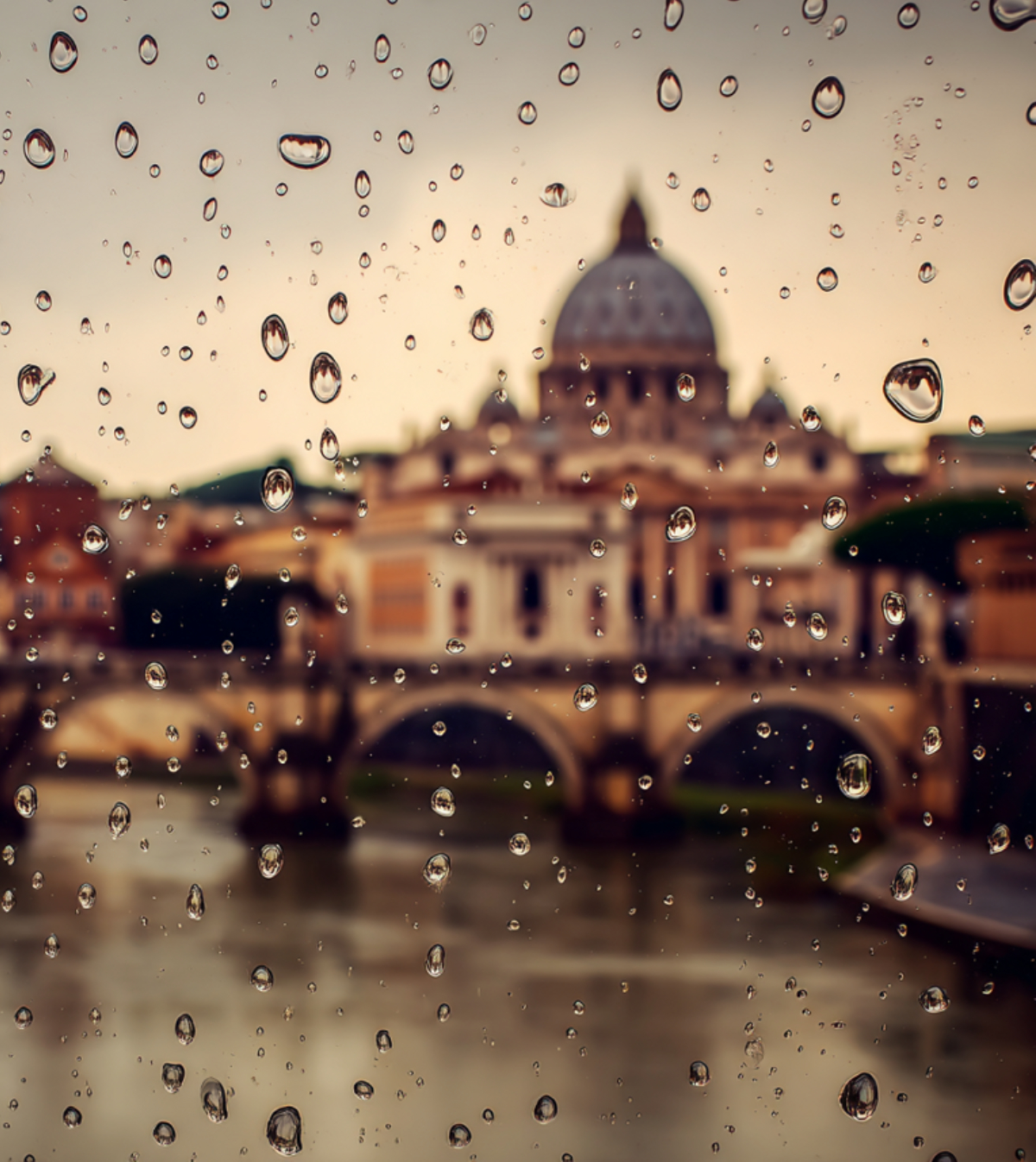They say Rome wasn’t built in a day (which makes sense, because that would be impossible) but however long it took to build the Italian capital, the days, months, years, centuries of work have left a lasting impact upon architecture even to this day.
While they may have borrowed some of their earliest ideas from the Ancient Greeks, Etruscans, Egyptians and Persians, ancient Roman architects changed the shape of architecture for all time, giving mankind buildings that it had never seen before, alongside public structures, roads and infrastructure that could be used by people from all levels of society.
Roman architecture was at its peak during the Pax Romana period, a period in which the Roman Empire didn’t expand and wasn’t invaded, and which lasted over 200 years. So from 27 BC to 180 AD, Rome was responsible for some of the most influential innovations in architecture that are still used to this day.
Innovative materials and techniques
Probably the biggest innovation that Roman architecture brought with it was the widespread use of concrete. Roman architects realised that concrete was not only stronger than commonly-used marble, but it could also be decorated easily and could have various shapes sculpted onto it, as opposed to having to be carved out of it. Concrete could also be produced locally, making it far more cost-effective; even Roman Emperors had a budget to stick to.
It wasn’t just beautiful buildings and grand designs that made Roman architecture so influential, the concept of an infrastructure was what allowed the expansive empire to function. Romans were the first to create a vast and complicated road system that connected cities to the capital. You may have heard the phrase, all roads lead to Rome? Well at one point they literally did. Add to this the creation of bridges and aqueducts, and much of what constitutes as modern society could not exist without the ideas of Roman architects.
Influences on modern architecture
It’s no surprise that the expansive nature of the Roman Empire left many nations highly influenced by their architecture and infrastructure. And centuries after the fall of the Roman Empire, many iconic national monuments were designed to emulate this historic period of architectural excellence.
Columns, domes and arches have found their way into important buildings across the world, and Paris in particular drew a lot of its inspiration from Roman architecture. When Napoleon was crowned Emperor in 1804, he commissioned several works that would in a sense recreate Paris as a new Rome. The Arc de Triomphe and the Place Vendôme are just two examples of French architects borrowing Roman formulas.
Image source: By Michael Meinecke, CC BY-SA 3.0 de

Image source: By Yair Haklai - Own work, CC BY-SA 3.0
More recently, many official buildings built in the US are very strongly influenced by Roman architecture. The most obvious is the White House, which displays Roman influences in the arches and columns on the exterior.
Image source
And while the White House is the most famous government building to incorporate Roman architectural influences, it is by no means the only one to do so. The Federal Hall in New York City features Doric columns, which are fluted columns without any decoration on the top or base and are place directly on the floor.
Image source
Roman arches are also found in modern architecture, such as the interior of Union Station in Washington D.C. While initially developed by the Greeks, arches were incorporated into Roman architecture early on. Initially built to support the underground drainage systems, during the Roman era, arches were built mostly for inscribing significant happenings. For example, the Arch of Constantine, one of the oldest surviving arches, was built to celebrate the victory of Constantine I over Maxentius at the Battle of the Milvian Bridge.
Image source
The list goes on and on, with Roman architecture influencing the designs of buildings that wish to display an image of grandeur and classic sophistication. The Jefferson Memorial in the US couldn’t look more Roman if it tried.
Image source: By Michael Silva
The influence and impact of Roman architecture is seen the world over, whether in the designs for large, imposing buildings, or in the infrastructure that supports almost every city in the world. If a city has roads and bridges in it, then it was in the strictest terms, influenced by Roman architecture.
Looking to create a new architectural style of your very own? Take part in one of our open architecture competitions.
Top 3 Reasons Why You Should Enter Architecture Competitions
Curious about the value of architecture competitions? Discover the transformative power they can have on your career - from igniting creativity and turning designs into reality, to gaining international recognition.
Learn more



























